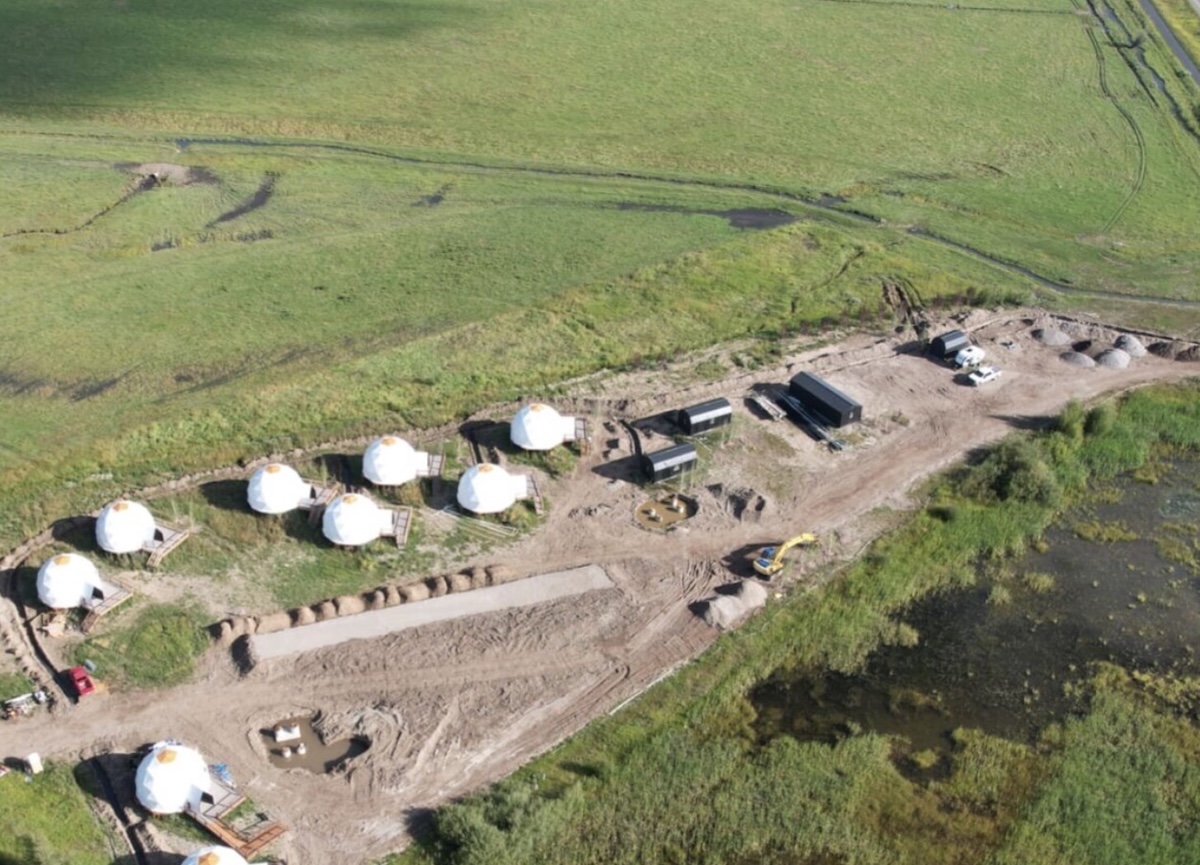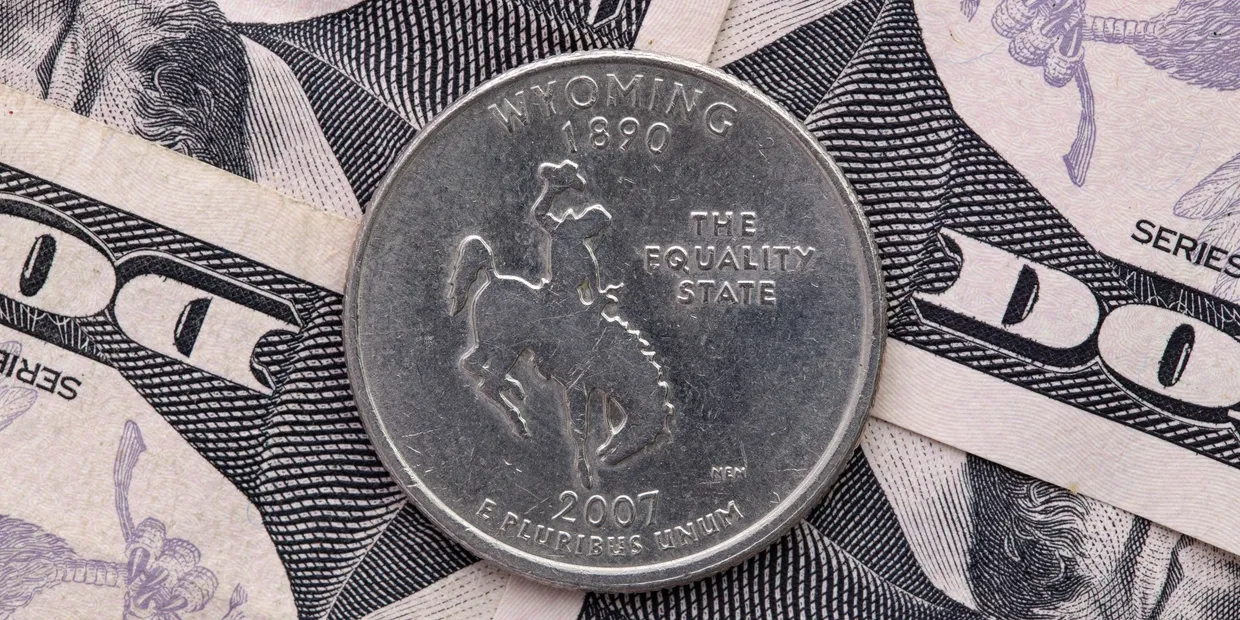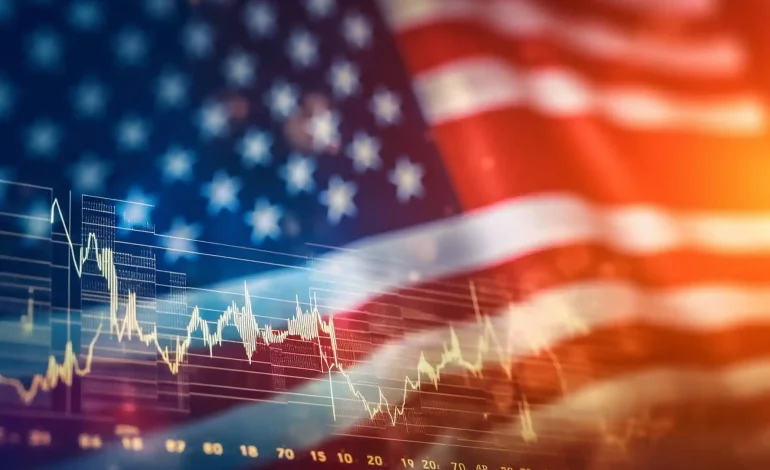The U.S. economy grew at a revised 3% annual rate in the second quarter of 2024, according to updated data from the Commerce Department released on Thursday.
This represents a slight upward revision from the initial estimate of 2.8% and underscores the economy’s resilience, driven largely by stronger-than-expected consumer spending.
Consumer spending, which accounts for roughly 70% of US economic activity, was a significant contributor to the revision. The revised figures show that consumer spending increased at a 2.9% annual rate in the second quarter, up from the initial estimate of 2.3%. This represents a significant acceleration from the 1.5% growth rate recorded in the first quarter. Business investment also played an important role, growing at a strong 7.5% rate, with equipment investment increasing by 10.8%.
The upward revision in GDP growth comes after the economy expanded at a more modest 1.4% rate in the first quarter of the year. Economists expected the second-quarter growth rate to remain unchanged at 2.8%, as previously reported.
The most recent data provide some reassurance that the US economy is holding steady, despite ongoing challenges such as high interest rates. The Federal Reserve raised its benchmark interest rate 11 times between 2022 and 2023 to combat inflation, which reached a four-decade high last year. While these rate hikes were expected to slow the economy, the revised GDP figures suggest that consumer demand remains strong.
On the inflation front, the core personal consumption expenditure (PCE) index, the Fed’s preferred gauge, was revised down to a 2.8% increase from an initial estimate of 2.9%. This suggests that inflationary pressures are easing, which is consistent with the Fed’s efforts to get inflation closer to its 2% target.
Looking ahead, the Federal Reserve Bank of Atlanta expects GDP to grow at a 2% annual rate in the third quarter, indicating a possible slowdown in economic activity. However, the continued strength in consumer spending and business investment has alleviated some of the recession fears that arose earlier this year.
Markets reacted positively to the revised GDP data. On Thursday, U.S. stocks were expected to open higher, and the 10-year Treasury yield climbed to 3.879%. The US dollar also strengthened following the report, indicating growing confidence that the economy will avoid a significant downturn.
While there is hope for a “soft landing”—in which inflation is controlled without causing a recession—the central bank is closely monitoring economic indicators, including the job market, which has shown signs of gradual weakness.
The Commerce Department plans to release its final estimate of second-quarter GDP growth late next month.
With input from Reuters, MSN and MarketWatch.









